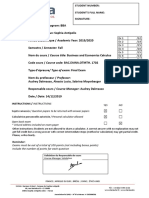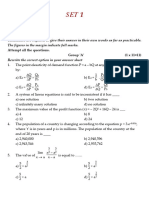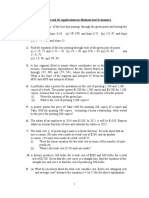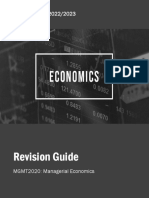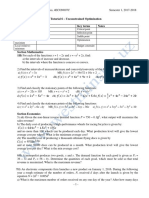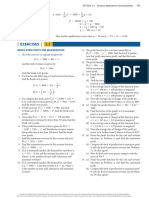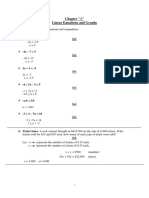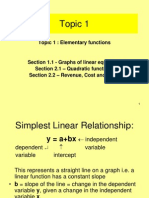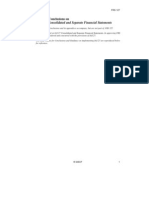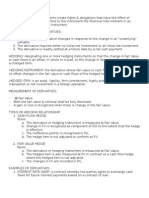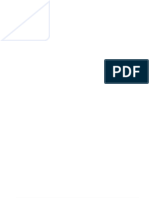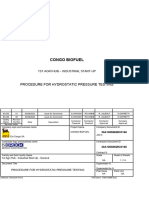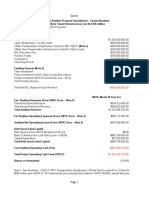0% found this document useful (0 votes)
28 views3 pagesMidterm Practice Questions
The document contains a series of mathematical questions related to linear equations, functions, percentages, inflation, quadratic functions, revenue, cost, profit, linear programming, and logarithms. Each question requires the formulation of equations, calculations of costs, revenues, and profits, as well as interpretations of economic significance. The document serves as an exercise set for understanding various mathematical concepts in a business context.
Uploaded by
silfavelCopyright
© © All Rights Reserved
We take content rights seriously. If you suspect this is your content, claim it here.
Available Formats
Download as DOCX, PDF, TXT or read online on Scribd
0% found this document useful (0 votes)
28 views3 pagesMidterm Practice Questions
The document contains a series of mathematical questions related to linear equations, functions, percentages, inflation, quadratic functions, revenue, cost, profit, linear programming, and logarithms. Each question requires the formulation of equations, calculations of costs, revenues, and profits, as well as interpretations of economic significance. The document serves as an exercise set for understanding various mathematical concepts in a business context.
Uploaded by
silfavelCopyright
© © All Rights Reserved
We take content rights seriously. If you suspect this is your content, claim it here.
Available Formats
Download as DOCX, PDF, TXT or read online on Scribd
/ 3




